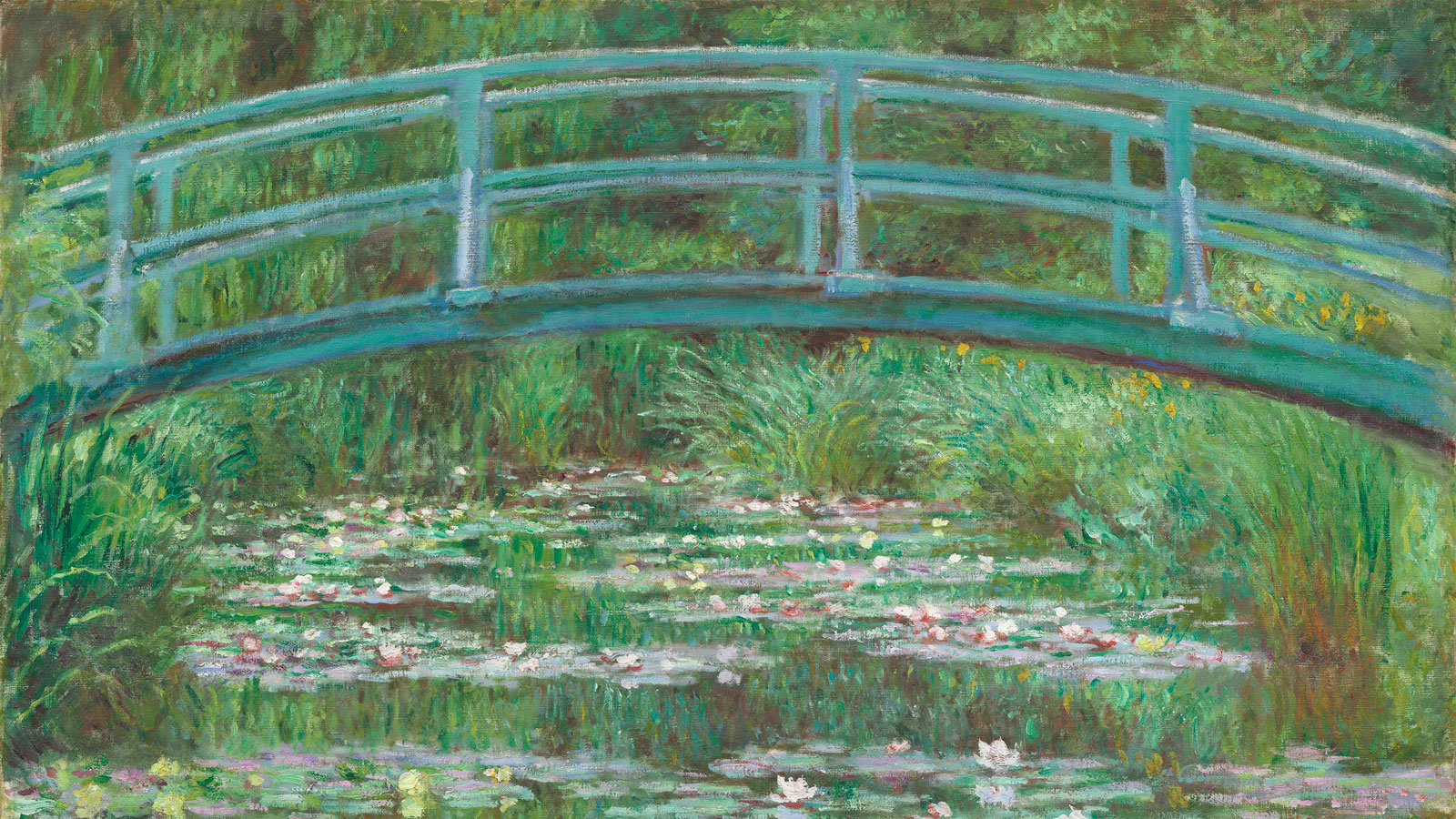During the Franco-Prussian War, Monet fled to London, and in late 1871 he settled at Argenteuil, a suburb just west of Paris that maintained its rustic charm even as it underwent rapid modernization. From 1872 to 1876 Argenteuil became the hub of what would soon be known as impressionist painting. Monet and his colleagues organized an exhibition of their work in Paris in 1874; one of Monet’s exhibited works, Impression, Sunrise (1873), a loosely painted sketch of an industrial seascape, led critics to derisively dub the group “the impressionists.” Financial difficulties forced Monet to relocate to Vétheuil in 1878, and in 1883, he settled in Giverny, where he would live for the rest of his life.
Most of Monet’s paintings from the 1870s depict the landscape in and around the small towns along the Seine. Working outdoors, he employed seemingly spontaneous brushstrokes to capture the ever-changing effects of light and atmosphere. In the 1880s Monet expanded his motifs, turning his attention both to the Mediterranean and to the rugged vistas along the Normandy coast. In the 1890s he undertook a number of paintings produced in series, including pictures of poplars, grainstacks, and Rouen Cathedral; each work captured a specific atmospheric effect and time of day. With his reputation as France’s leading landscape painter established and his financial situation secure, the artist turned his attention to the lavish gardens he had constructed at Giverny, eventually creating more than 250 works focused on water lilies.
Related Works in the
National Gallery of Art Collection






